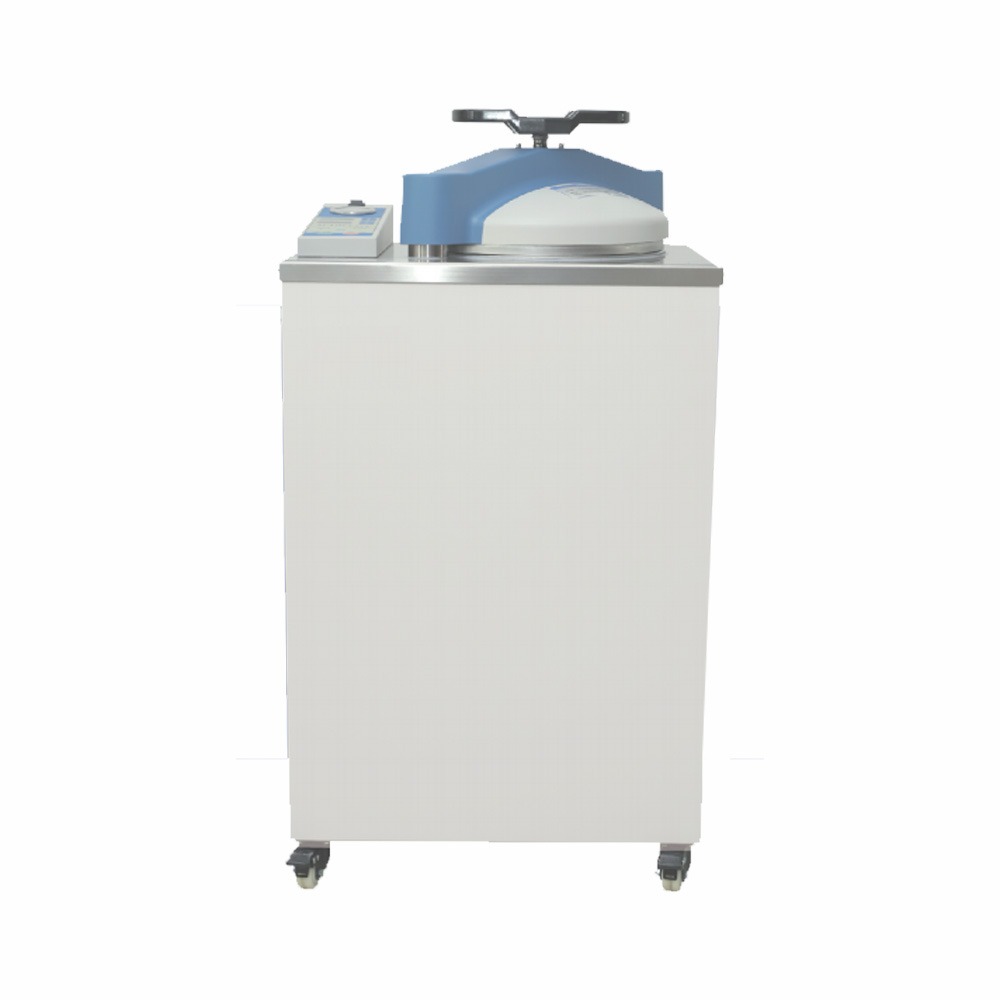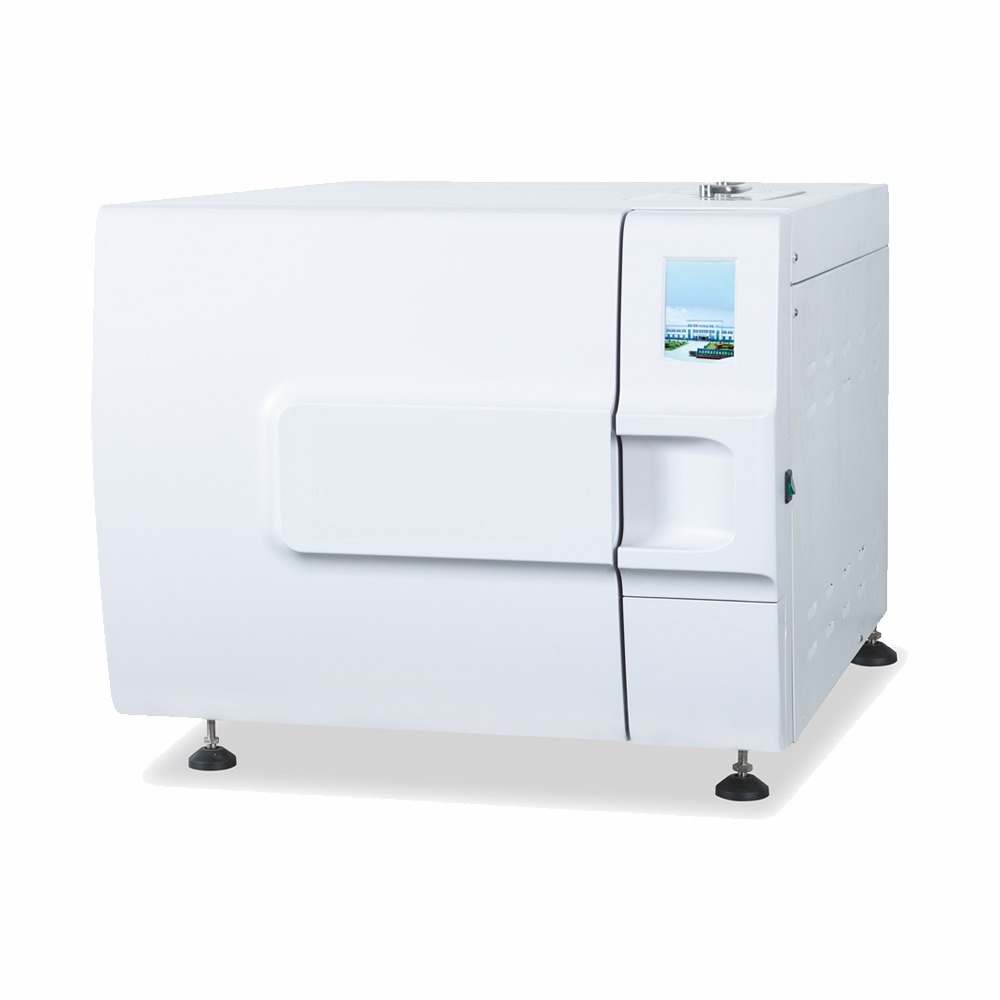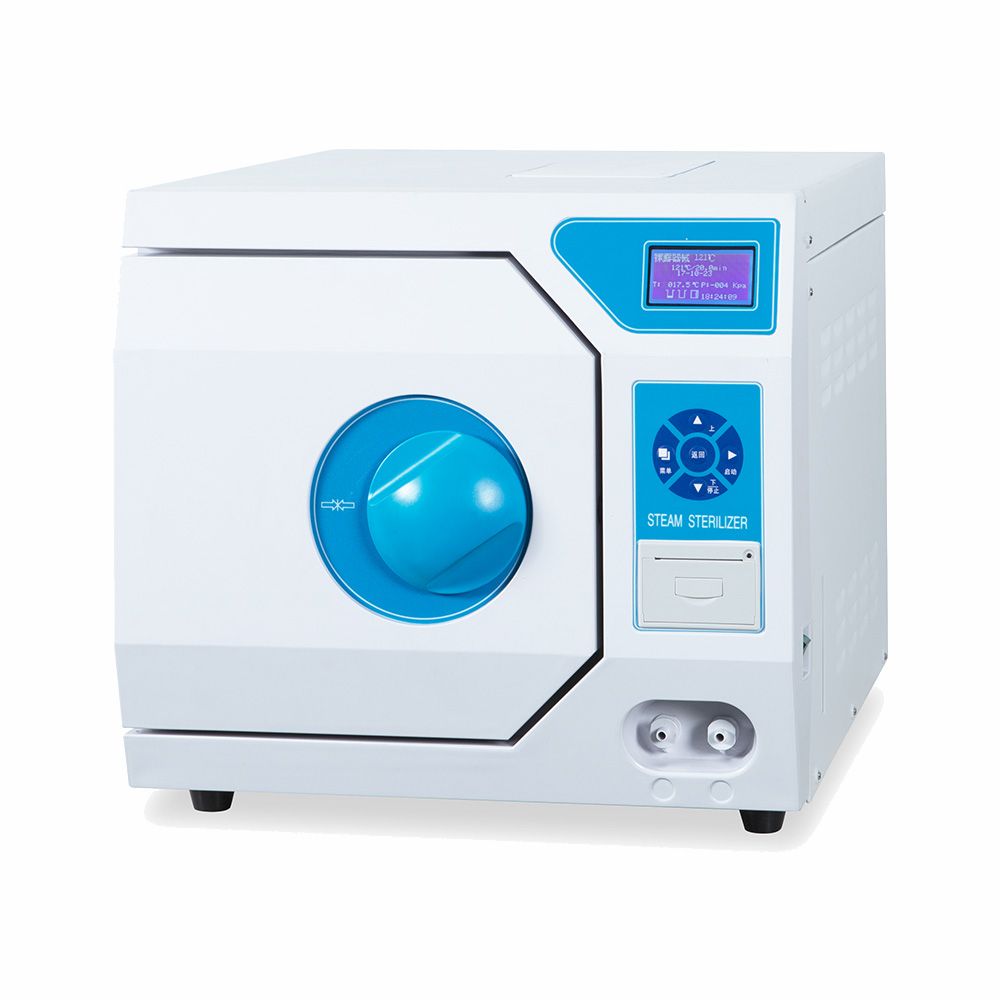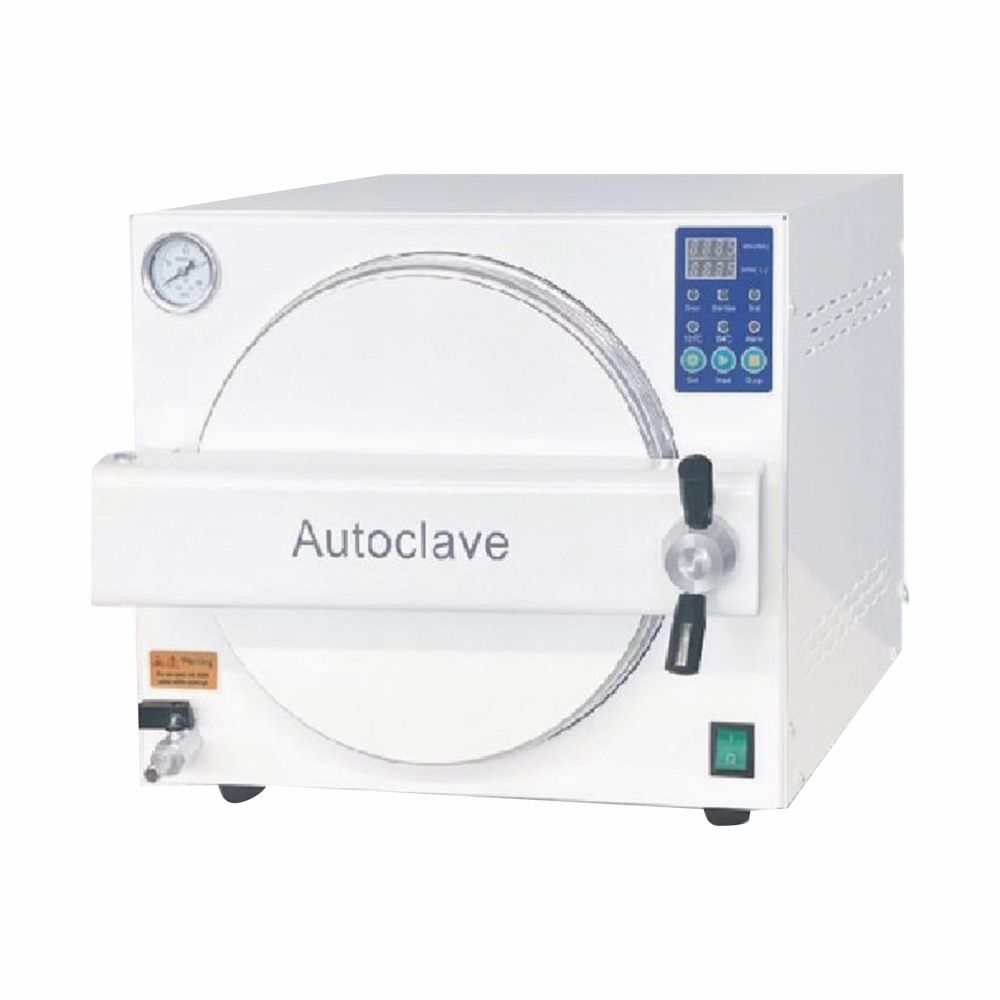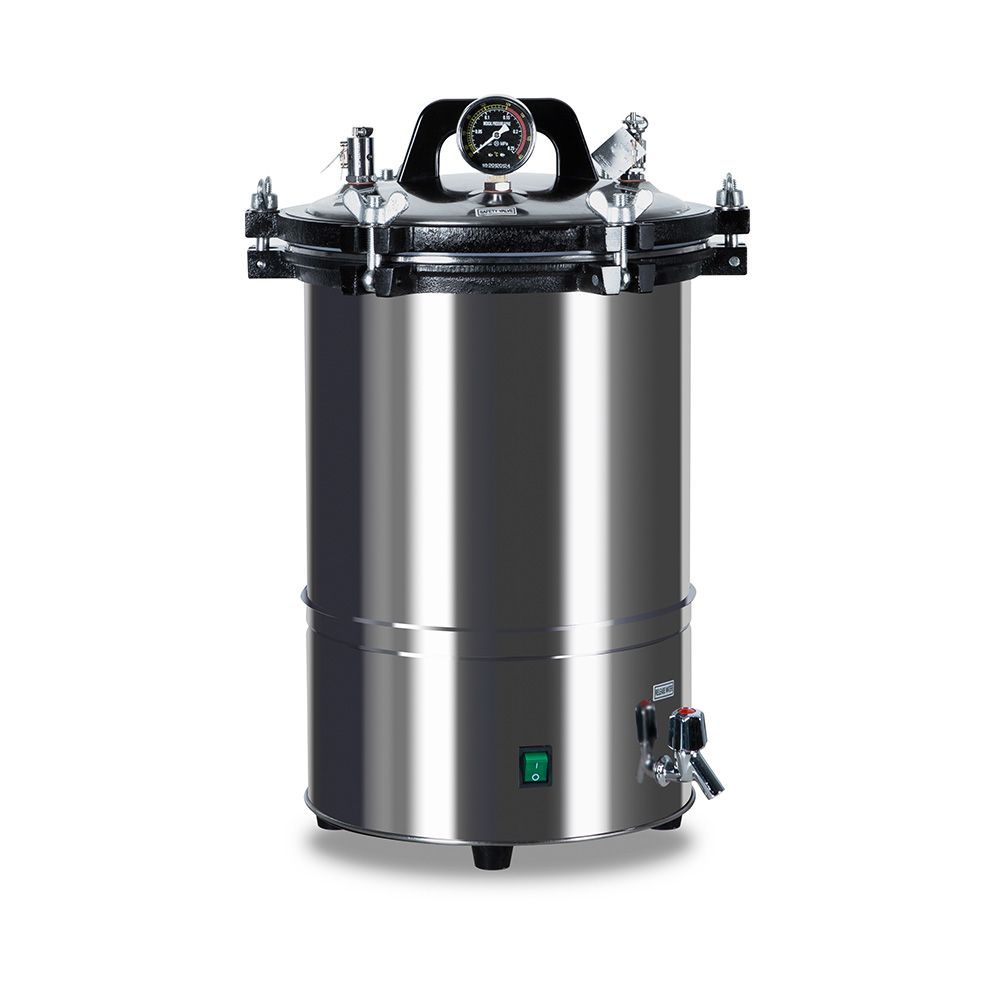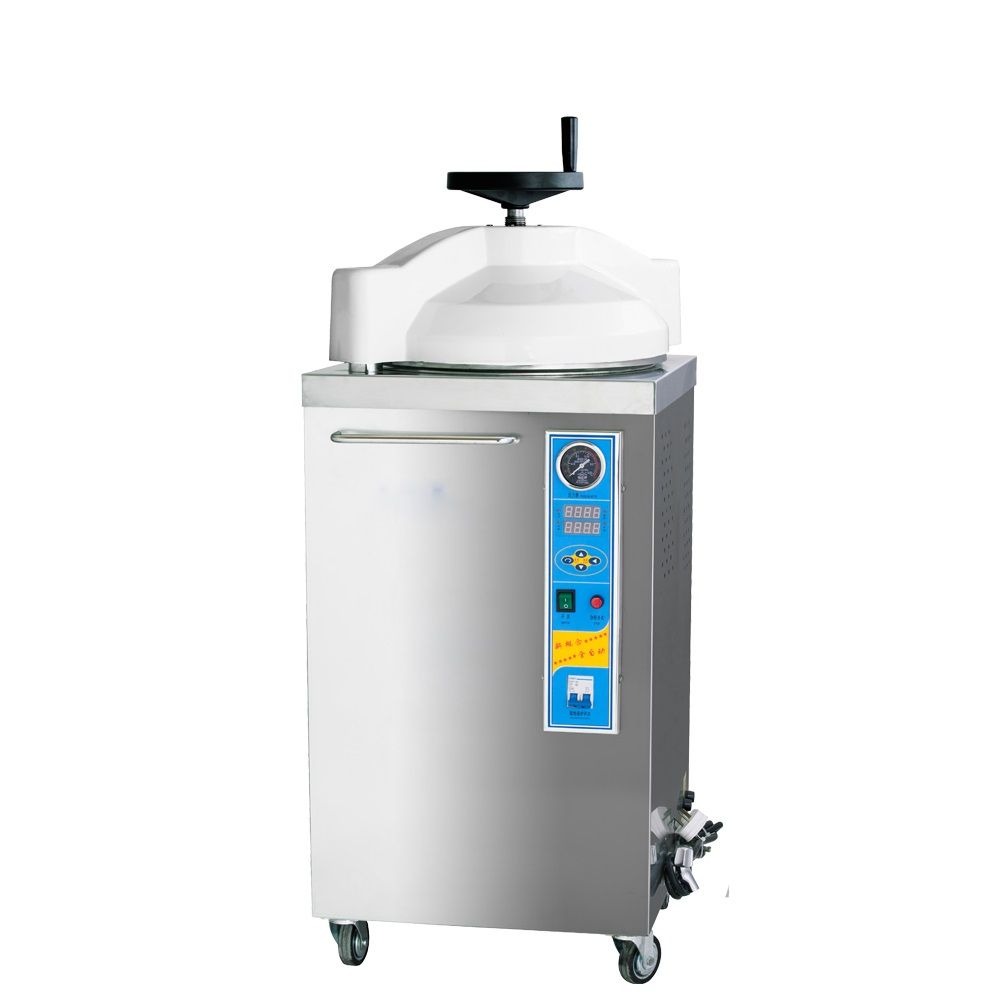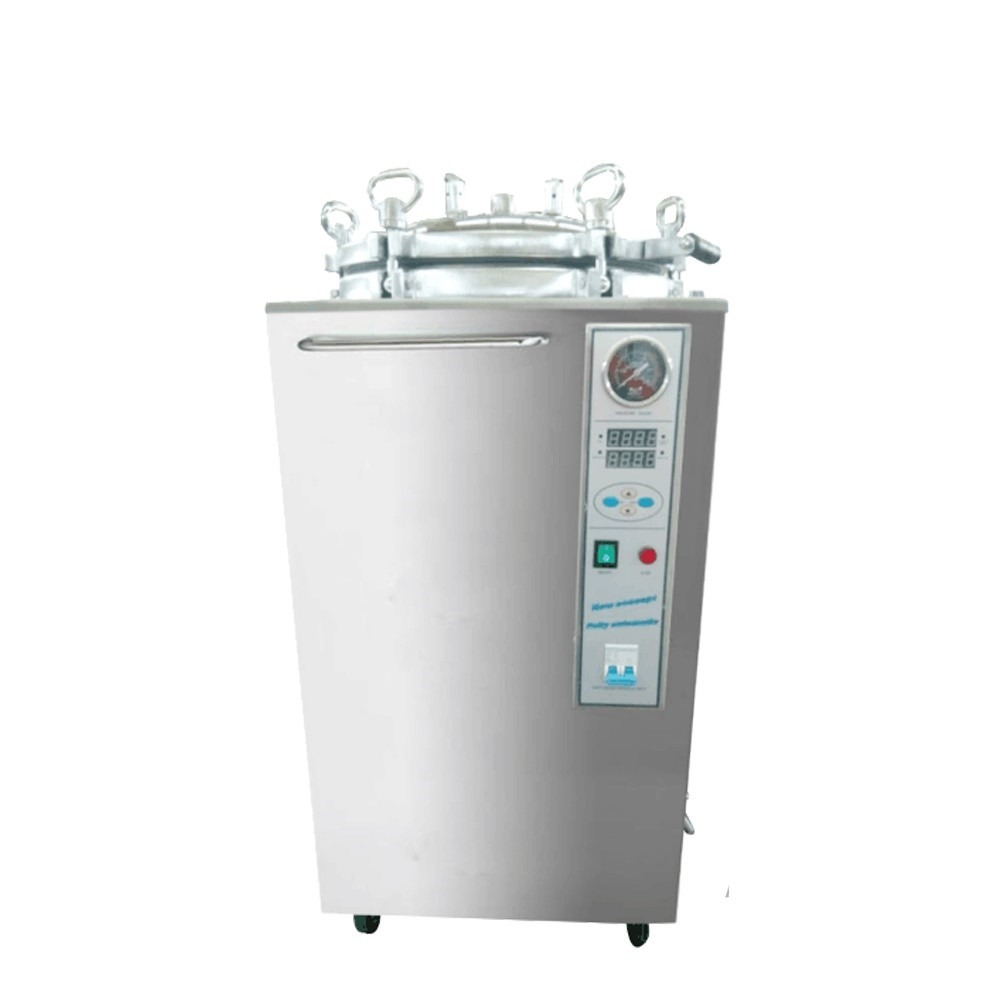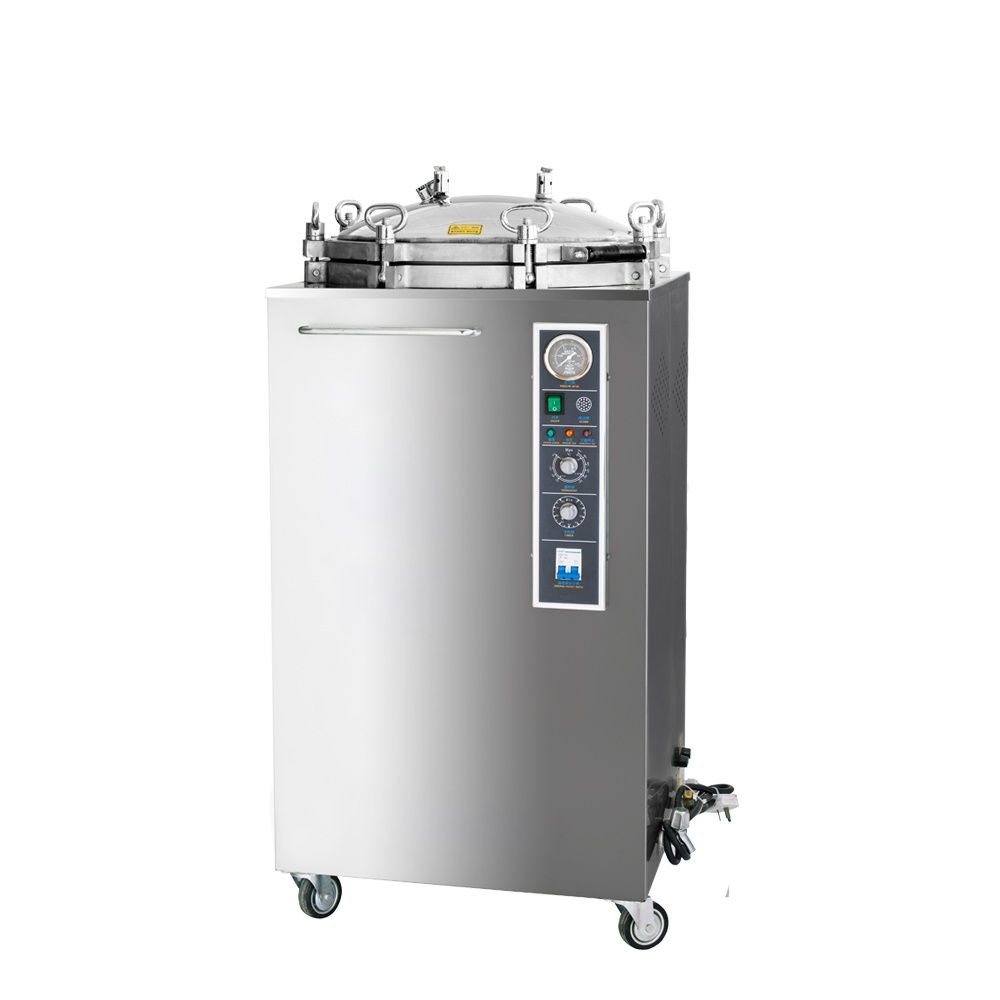Autoclaves are essential tools used to sterilize equipment and materials in a variety of industries, including healthcare, laboratories, and industry. Regular cleaning and maintenance are required to ensure optimal performance, prevent contamination, and extend the autoclave’s lifespan. In this comprehensive article, we will focus on how to clean an autoclave with a detailed step-by-step guide. We will cover all of the necessary processes and best practices, from routine cleaning to deep cleaning and maintenance.
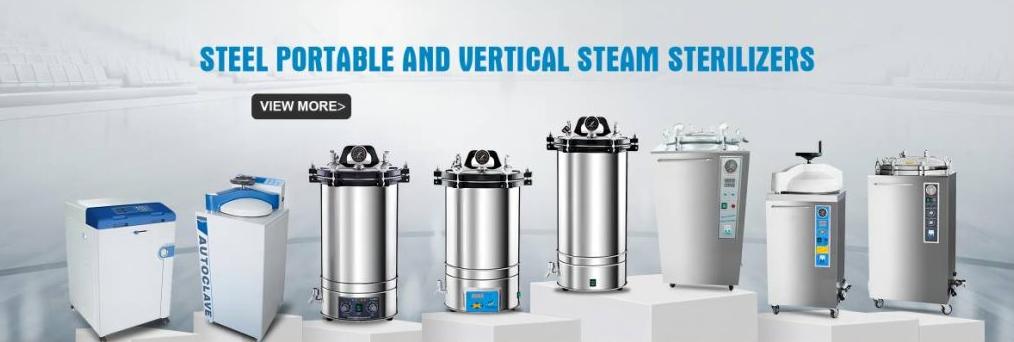
Step 1: Preparing for Cleaning an Autoclave
It is critical to take specific precautions and gather the appropriate supplies before beginning the cleaning process. This step will go over the preliminary steps:
Precautions: Make sure the autoclave is switched off and unplugged from the power source. Wear adequate personal protective equipment (PPE) to protect oneself from potentially dangerous items, such as gloves, goggles, and a lab coat.
Gather Cleaning products: Gather all of the necessary cleaning products, such as mild detergent or autoclave cleanser, water, a soft cloth or sponge, a brush or pipe cleaner for difficult-to-reach locations, and a clean towel for drying.
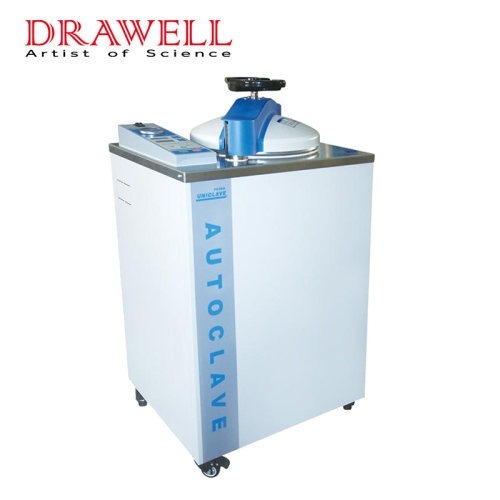
Step 2: Routine Cleaning an Autoclave
Routine cleaning aids in the regular maintenance of the autoclave’s cleanliness and efficiency. For routine cleaning, follow these steps:
Cleaning the Autoclave’s External Surfaces: Begin by wiping the autoclave’s external surfaces with a moist cloth or sponge dipped in a mild detergent solution. Pay close attention to spill-prone areas such as the door handle, control panel, and gasket. Rinse thoroughly with clean water and pat dry with a clean towel.
Cleaning the Inner Chamber: Use a soft cloth or sponge soaked in a mild detergent solution to clean the inner chamber. Wipe the surfaces gently to remove any residue, stains, or debris. A solution of water and vinegar can be used to remove stubborn stains or mineral deposits.
Step 3: Deep Cleaning an Autoclave
Deep cleaning is required to remove persistent stains, mineral deposits, and other buildup that regular cleaning may not remove. Deep cleaning should be done on a regular basis or as needed, utilizing the following steps:
Cleaning Removable Parts: If applicable, clean any removable parts from the autoclave chamber, such as trays, racks, or baskets. Clean these parts separately with the same cleaning chemicals and methods as previously mentioned. Before putting them back in the autoclave, carefully rinse and dry them.
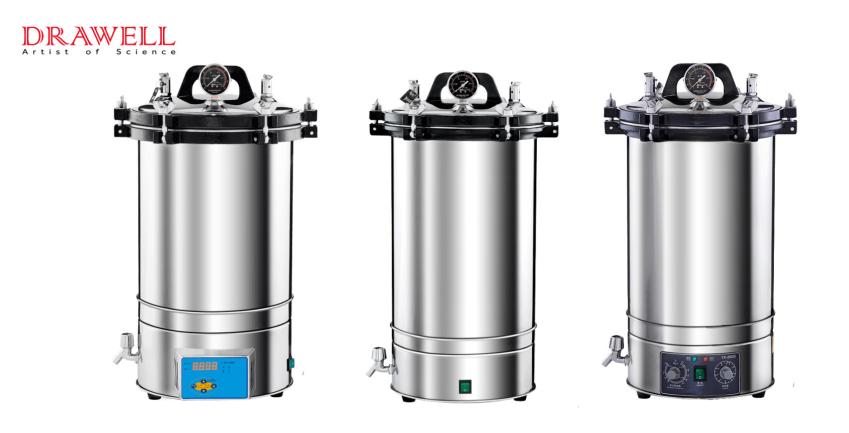
Descaling the Chamber: To remove mineral deposits or scale buildup, make a descaling solution by combining water and a commercial descaling product or a water-vinegar mixture. For the right dilution ratio, follow the manufacturer’s instructions. Pour the solution into the chamber, making sure to cover all of the afflicted regions. Allow it to sit for the specified amount of time before scrubbing the chamber walls and bottom with a brush or pipe cleaner. To eliminate any residual descaling agent, thoroughly rinse the chamber with clean water.
Cleaning the Gasket: The autoclave door gasket should be cleaned on a regular basis to minimize debris buildup and maintain a proper seal. Wipe the gasket gently with a soft cloth or sponge and a light detergent solution. Keep an eye out for any trapped debris or residue. Rinse and thoroughly dry the gasket with clean water.
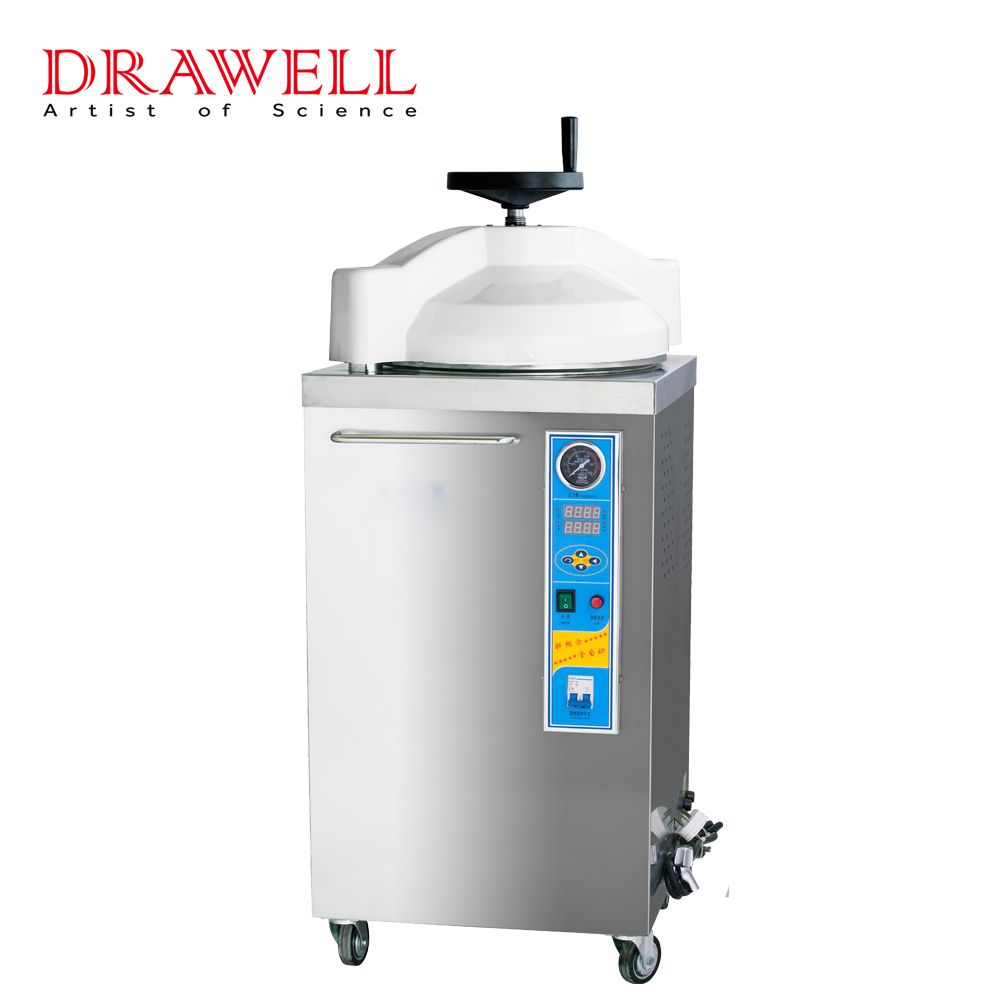
Step 4: Maintenance Tips After Cleaning an Autoclave
Maintaining the autoclave on a regular basis is critical to keeping it working smoothly and efficiently.
Examine and Clean Filters: Autoclaves may contain filters to keep junk out of the system. Inspect and clean these filters on a regular basis, as directed by the manufacturer. This aids in maintaining appropriate airflow and preventing blockage.
Seals and Gaskets: Inspect the autoclave seals and gaskets on a regular basis for evidence of wear, damage, or cracks. If necessary, replace them to ensure an airtight seal and prevent steam leaks.
Calibrate and Validate: For recommended calibration and validation procedures, consult the manufacturer’s specifications. Calibrate the autoclave on a regular basis to ensure correct temperature and pressure readings. Validation tests aid in verifying the sterilizing process’s effectiveness.
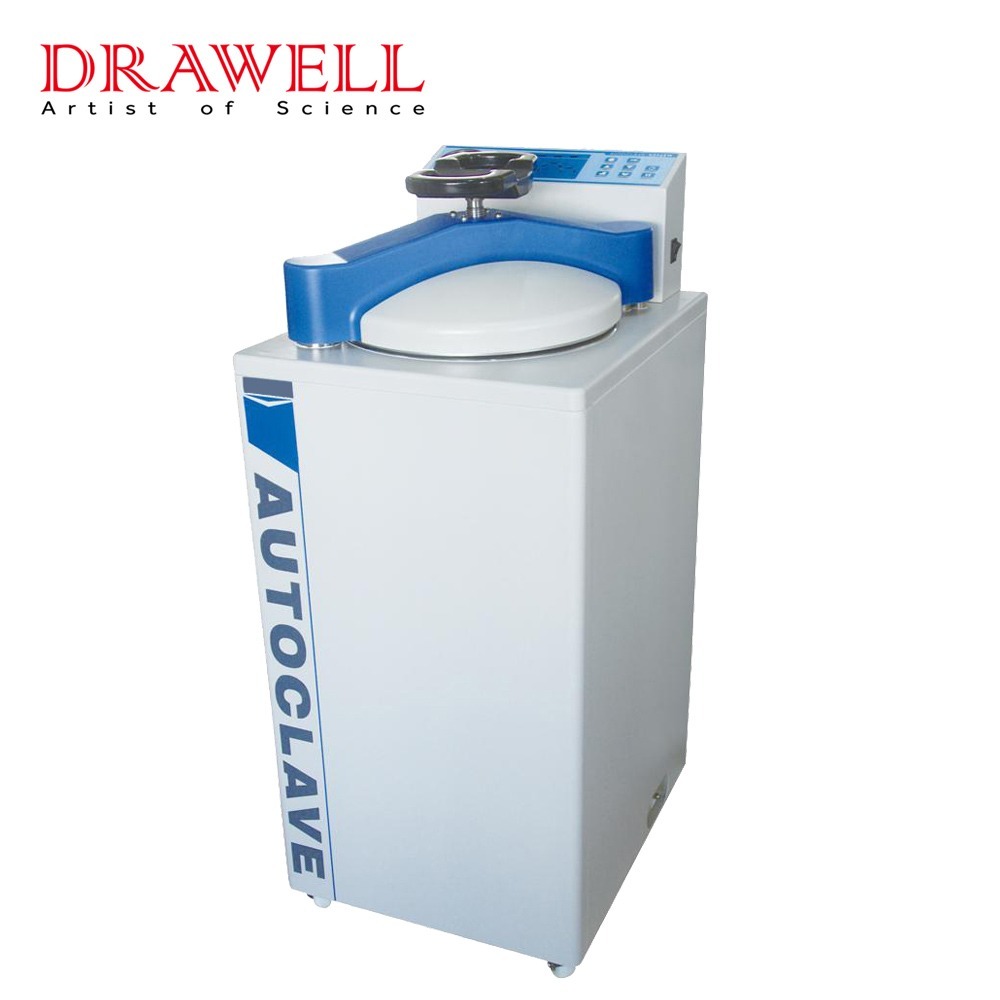
Summary
Cleaning an autoclave is essential for keeping it in good working order, ensuring effective sterilization, and extending its lifespan. By following the procedures, you can establish a regular cleaning regimen, undertake deep cleaning as needed, and keep the autoclave in good working order. Remember to prioritize safety during the cleaning process, and consult the manufacturer’s instructions for particular rules for your autoclave type. An autoclave will provide reliable and safe sterilization if properly cared for and maintained.

